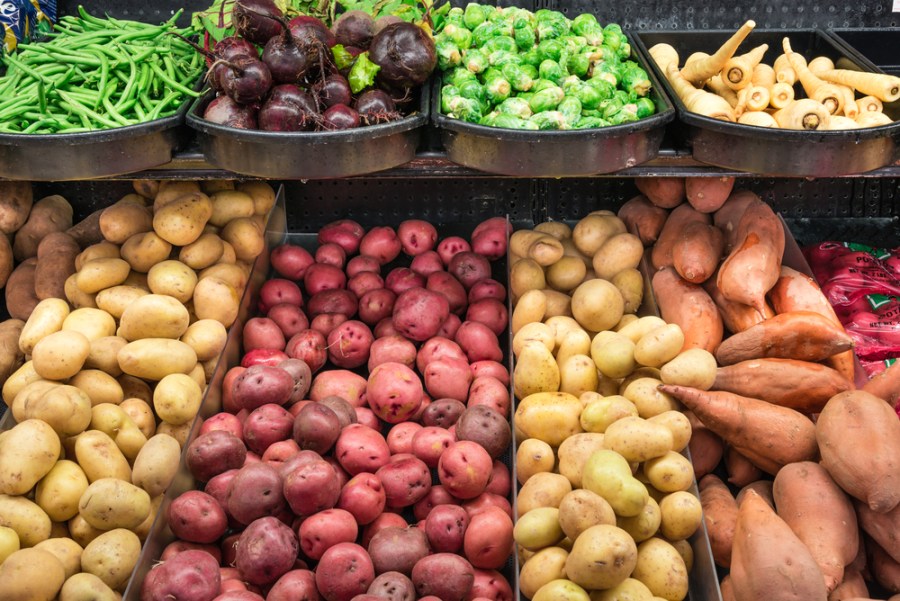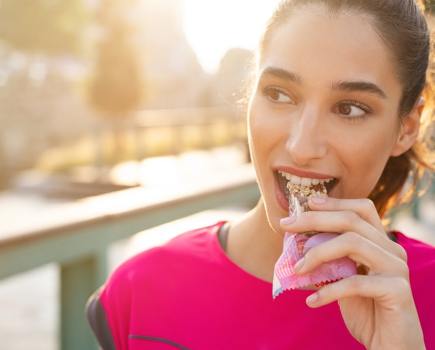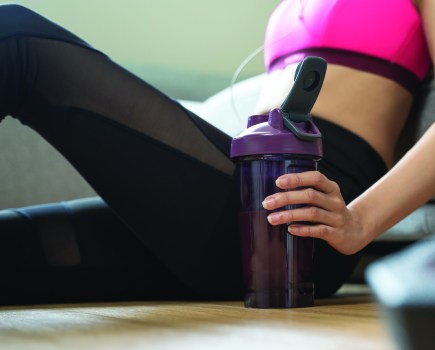Struggling to lose weight despite doing lots of exercise? You may not be making the right food choices. Nutritionist Sarah Flower reveals what you should be eating to ditch the pounds.
Fruit, veg and salad
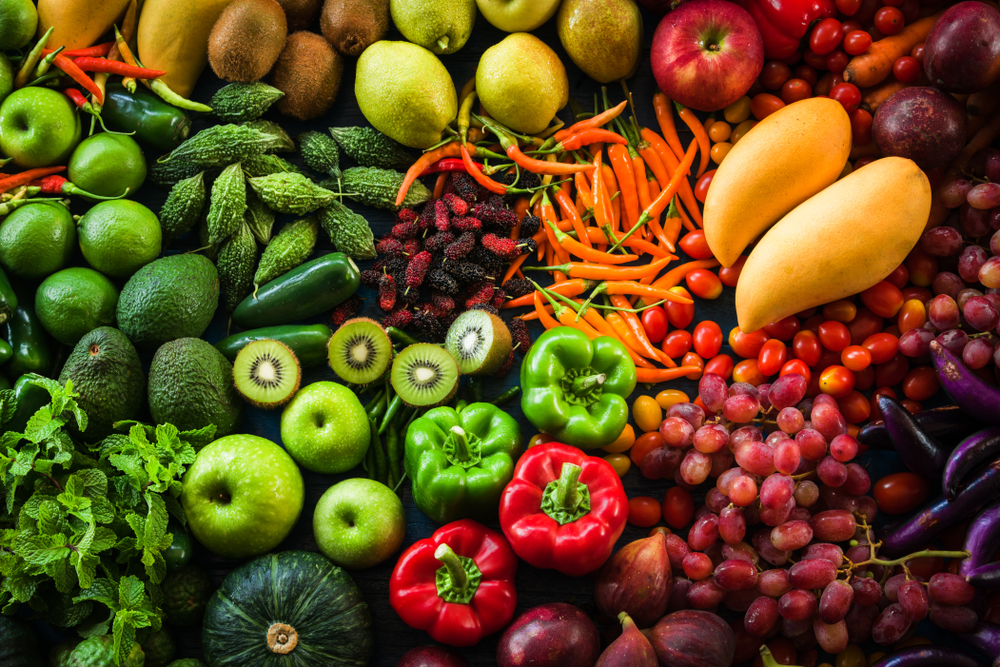
Why? A high water and fibre content means they are the perfect foods for filling you up without expanding your waistline. They also provide phytochemicals and antioxidants that help to quell chronic inflammation in the body (thought to be a contributor to weight gain).
What’s the right amount? You can’t get too many: try to fill half of your plate with fruit and veg (not counting potatoes) at meal times. Go for a rainbow of colours to get the widest range of nutrients.
Wholegrain starchy carbohydrates
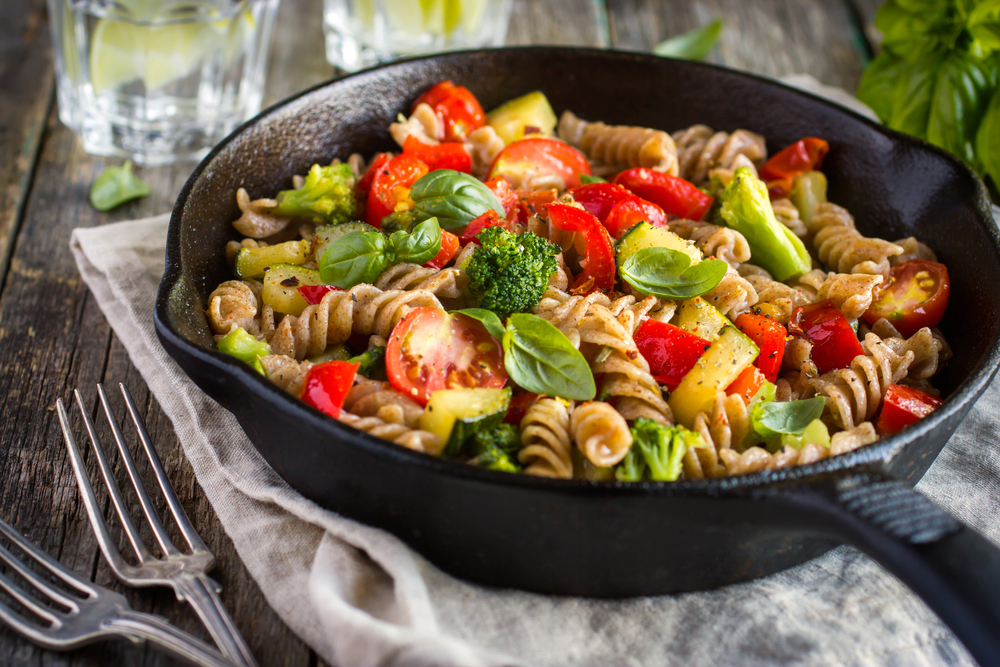
Why? Whole grains like wholemeal and rye breads, whole grain breakfast cereals (e.g. Shredded Wheat or Weetabix, barley, quinoa and whole wheat pasta, provide slow release energy, hunger busting fibre, B vitamins and magnesium for energy release and a healthy nervous system.
What’s the right amount? Around a quarter of your plate filled with these healthy carbs is about right. Or think of a serving as the size of your clenched fist.
Protein
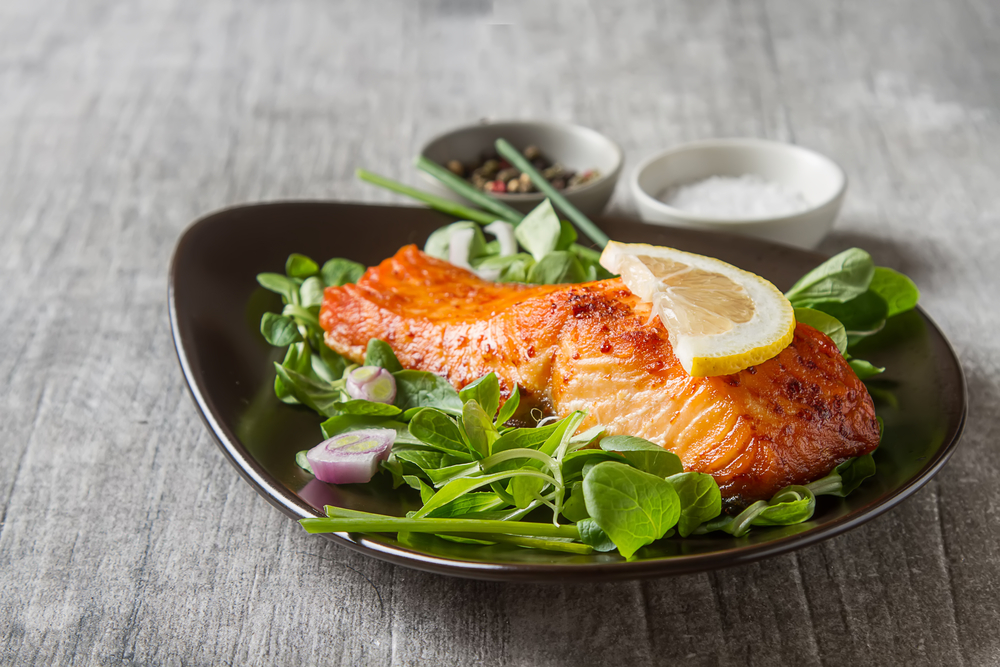
Why? Around 25 per cent of the calories in protein (found in poultry, fish, eggs, red meat, pulses, tofu, and Quorn) are used up digesting it, so it’s more waistline-friendly than carb or fat. It is also good at keeping you satiated – i.e. it keeps you from getting hungry quickly again after you’ve eaten it.
What’s the right amount? Protein-rich foods should make up the final quarter of your plate – or aim for two good palm sized servings every day.
Dairy
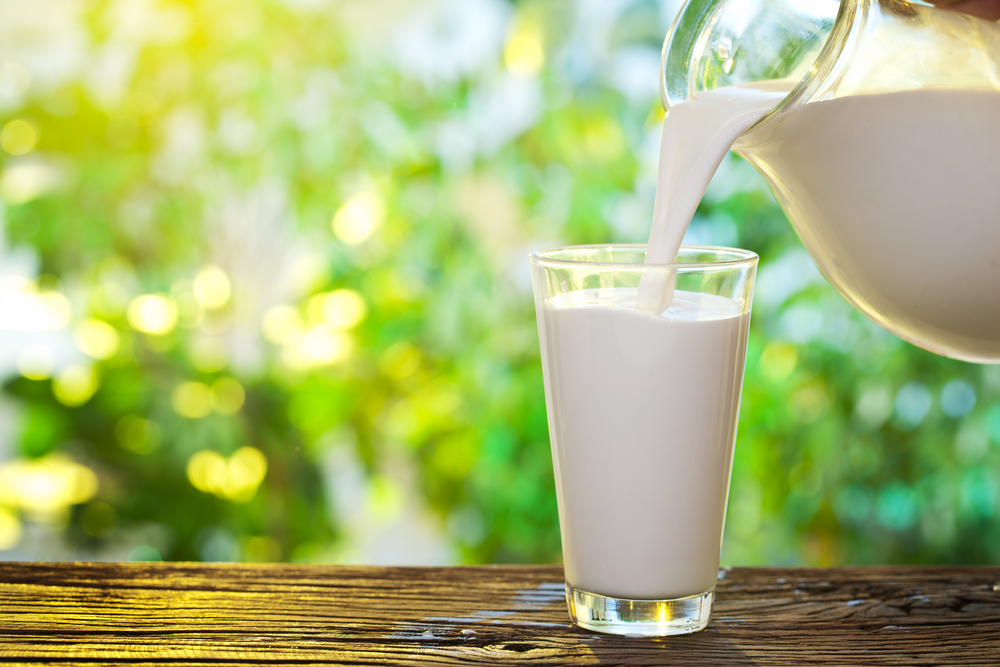
Why? The calcium in dairy not only keeps bones and teeth healthy but may also help control body fat around the abdomen according to research. Plus, dairy is rich in iodine needed for your thyroid gland (which controls metabolic rate) to function properly.
What’s the right amount? A couple of portions (e.g. glass of milk, small pot of yogurt or a matchbox sized lump of cheese) is about right. That’s not to say you can’t be dairy-free and healthy – you can. But if you do skip it, make sure you get your calcium elsewhere (e.g. from a fortified soya or almond milk).
Healthy fats
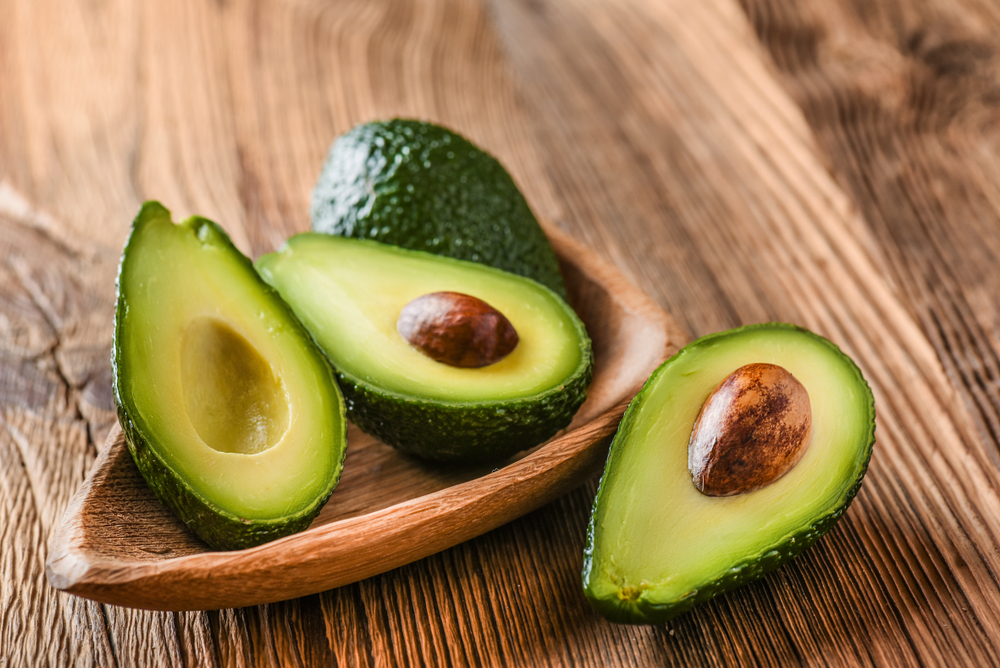
Why? Sure, fat contains a lot of calories, but the healthy type in olive oil, vegetable oils, nuts and avocados provides healthier unsaturated fats as well as essential fatty acids and fat-soluble vitamin E needed for healthy heart, skin and brain.
What’s the right amount? Just a tablespoon or so of oil (or a handful of nuts or a tablespoon for seeds). A good rule of thumb with oil is to dress, not drown.
Weight loss tips
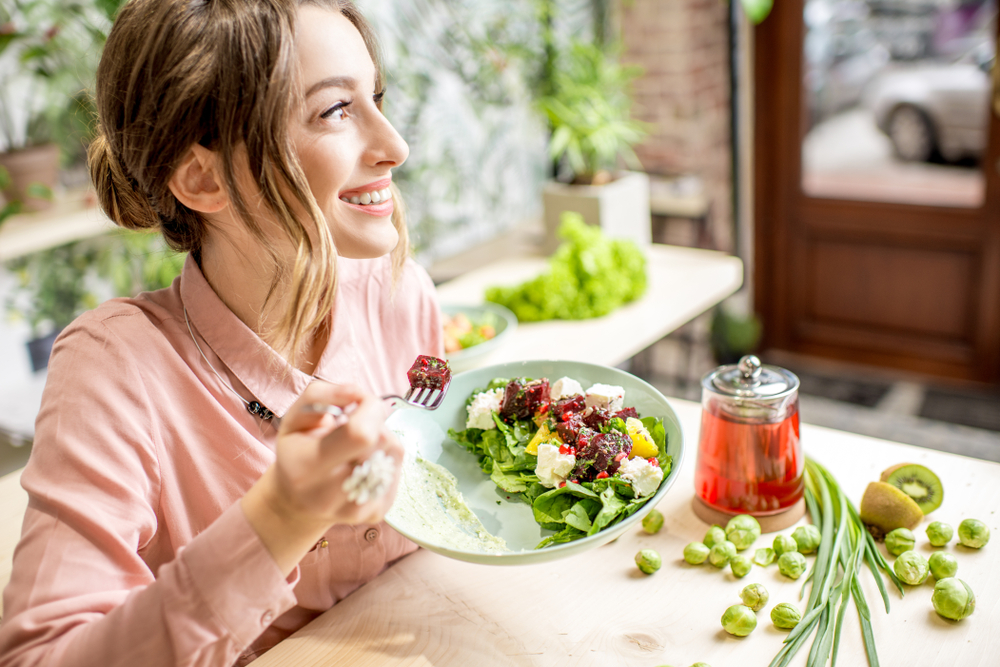
• Start eating more intuitively
• When you’re no longer eating to a calorie limit you have more freedom to listen to your body and the hunger cues it is sending you. Here’s how to tune back in and make sure you’re not overeating…
• Pause in the middle of a meal and ask yourself: does the food still taste great; what is your current fullness level; is it perhaps tine to stop?
• Fuel your body regularly. Because once you get too hungry, all intentions of moderate, conscious eating fly out the window.
• Make peace with food. If you tell yourself you can’t or shouldn’t have a high calorie food, it can lead to feelings of deprivation that build into cravings, bingeing and guilt.
• Acknowledge your emotions without using food. Food won’t fix loneliness, boredom or anger, at least not in the long-term.
• Remember perfection isn’t essential. The odd slice of cake, takeaway or bag of crisps is OK.

